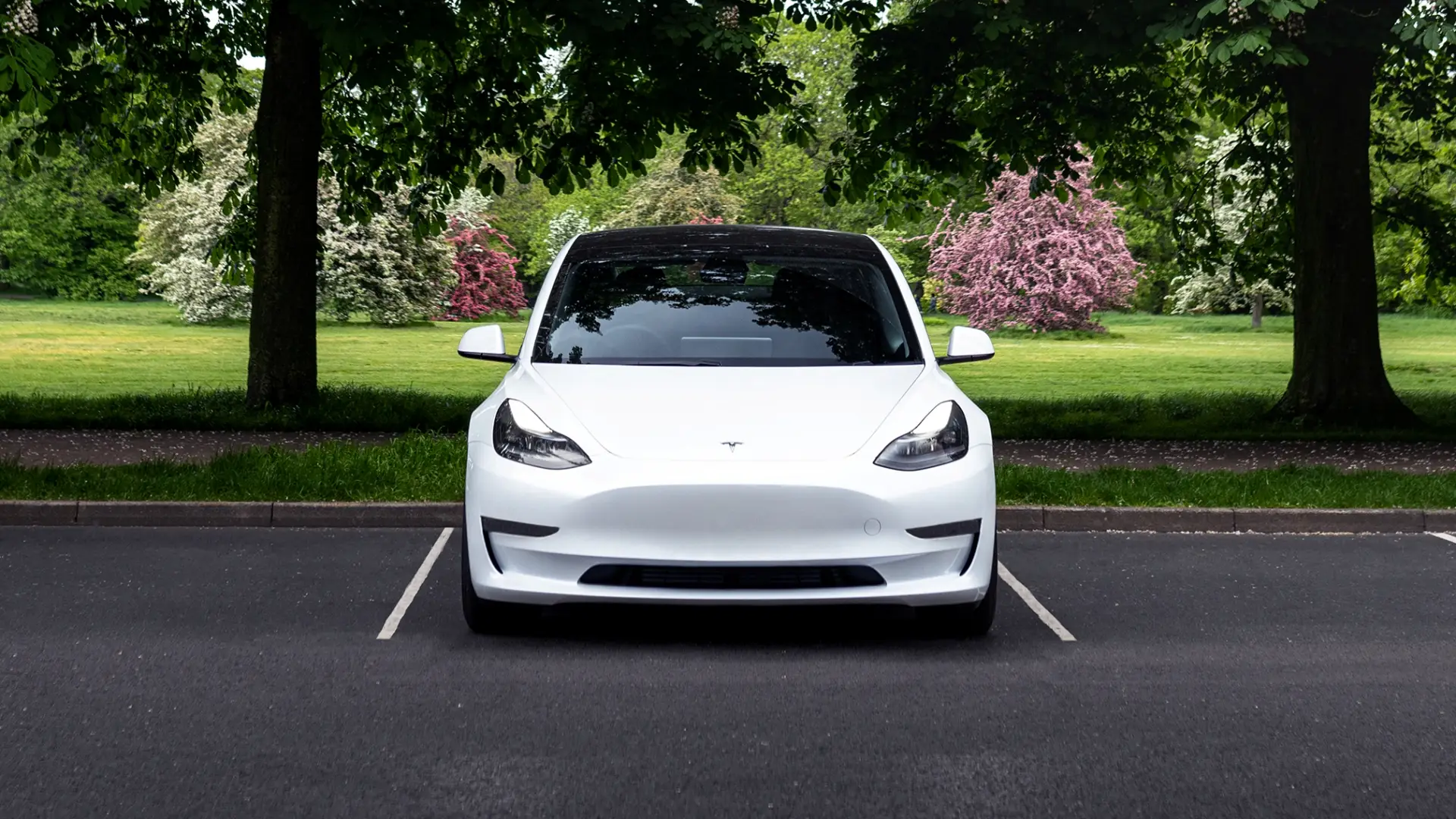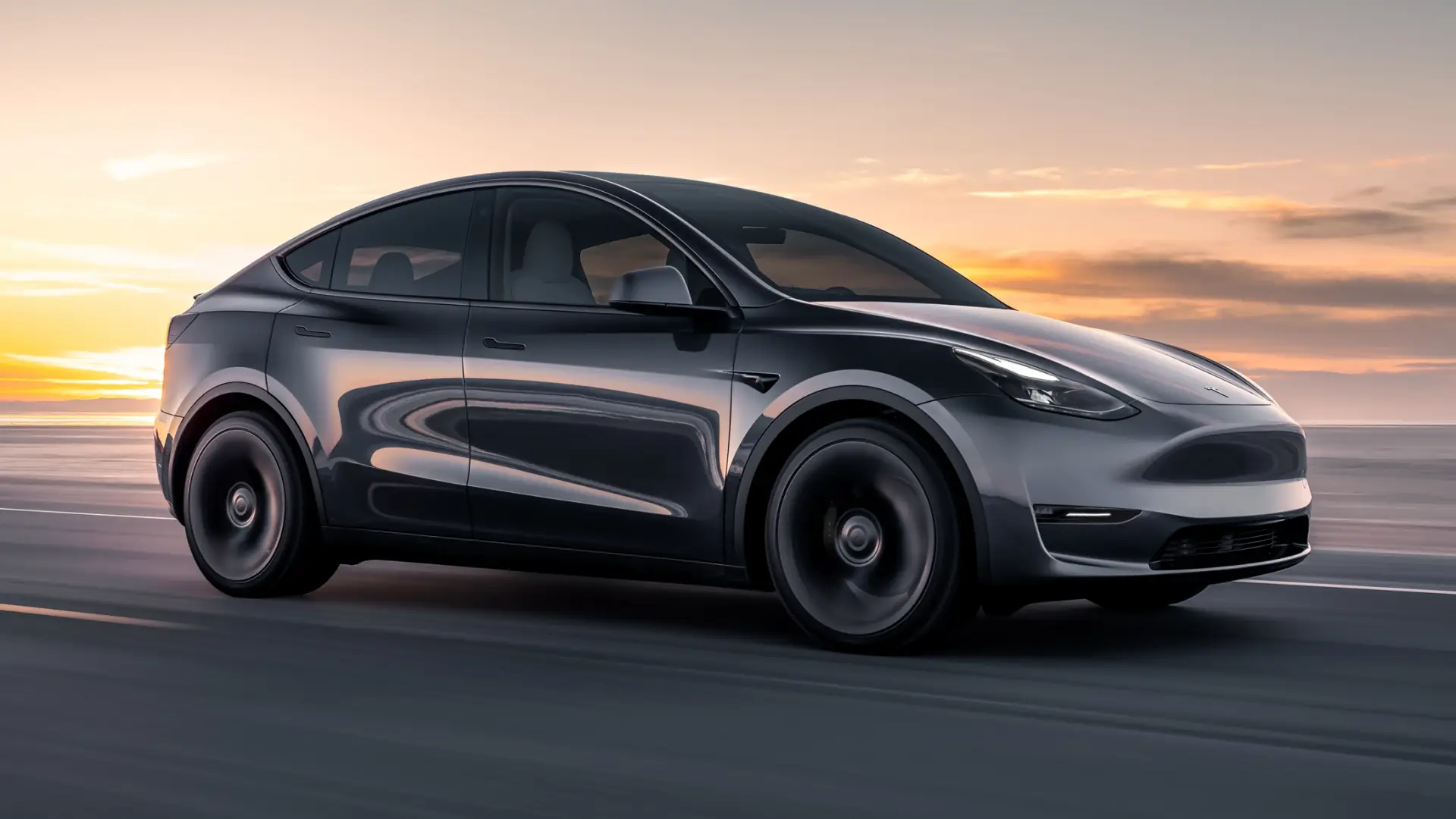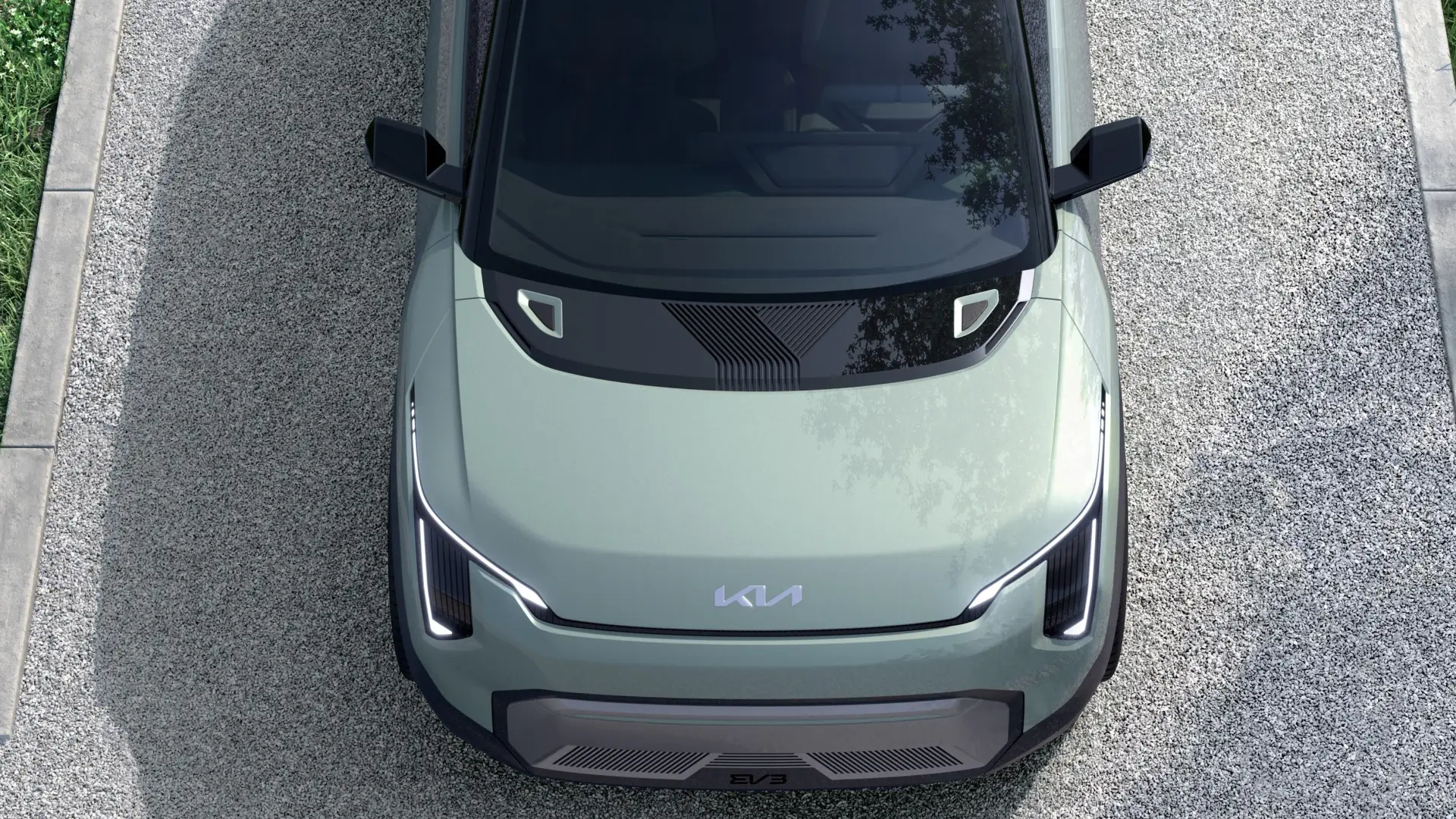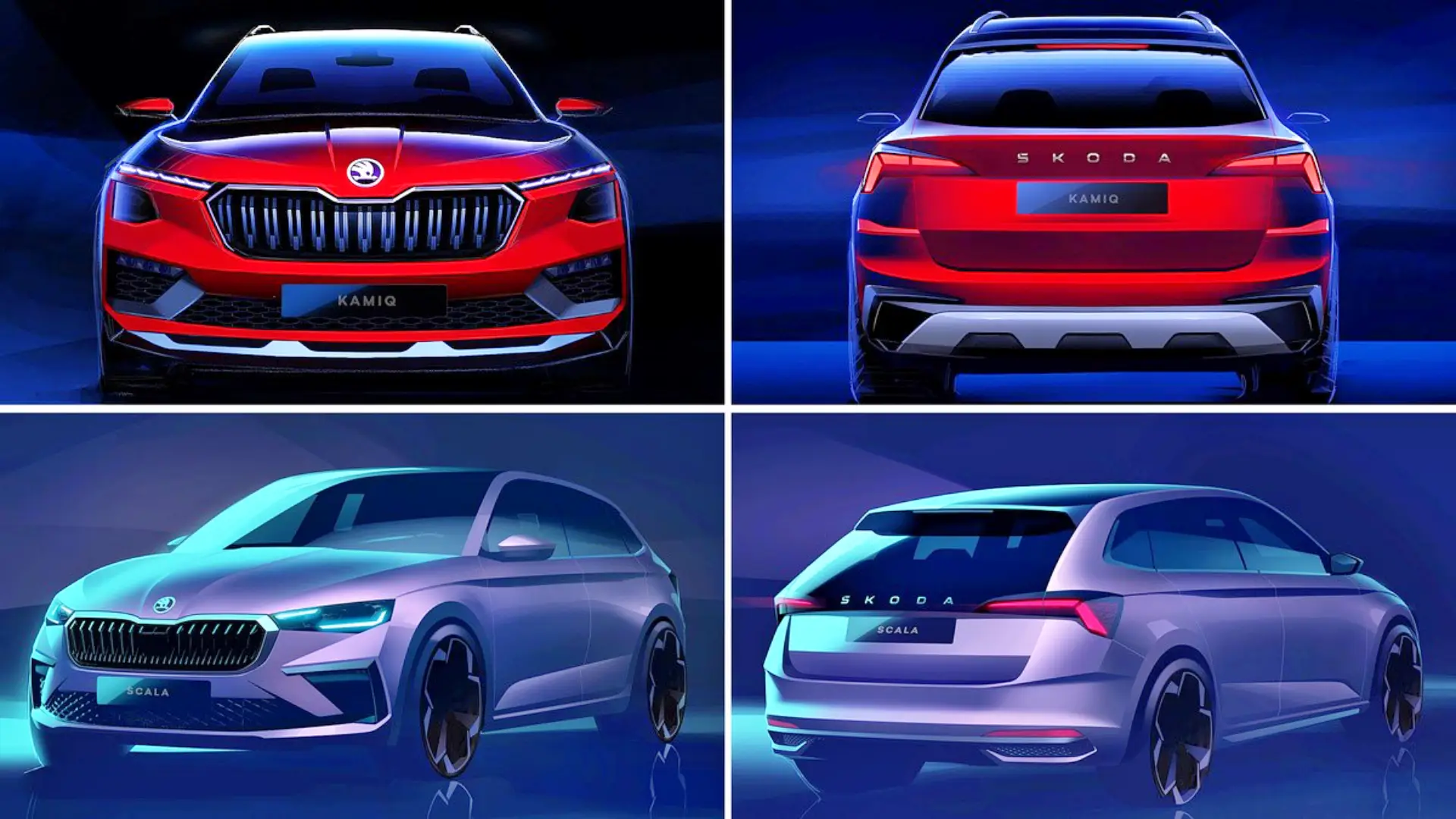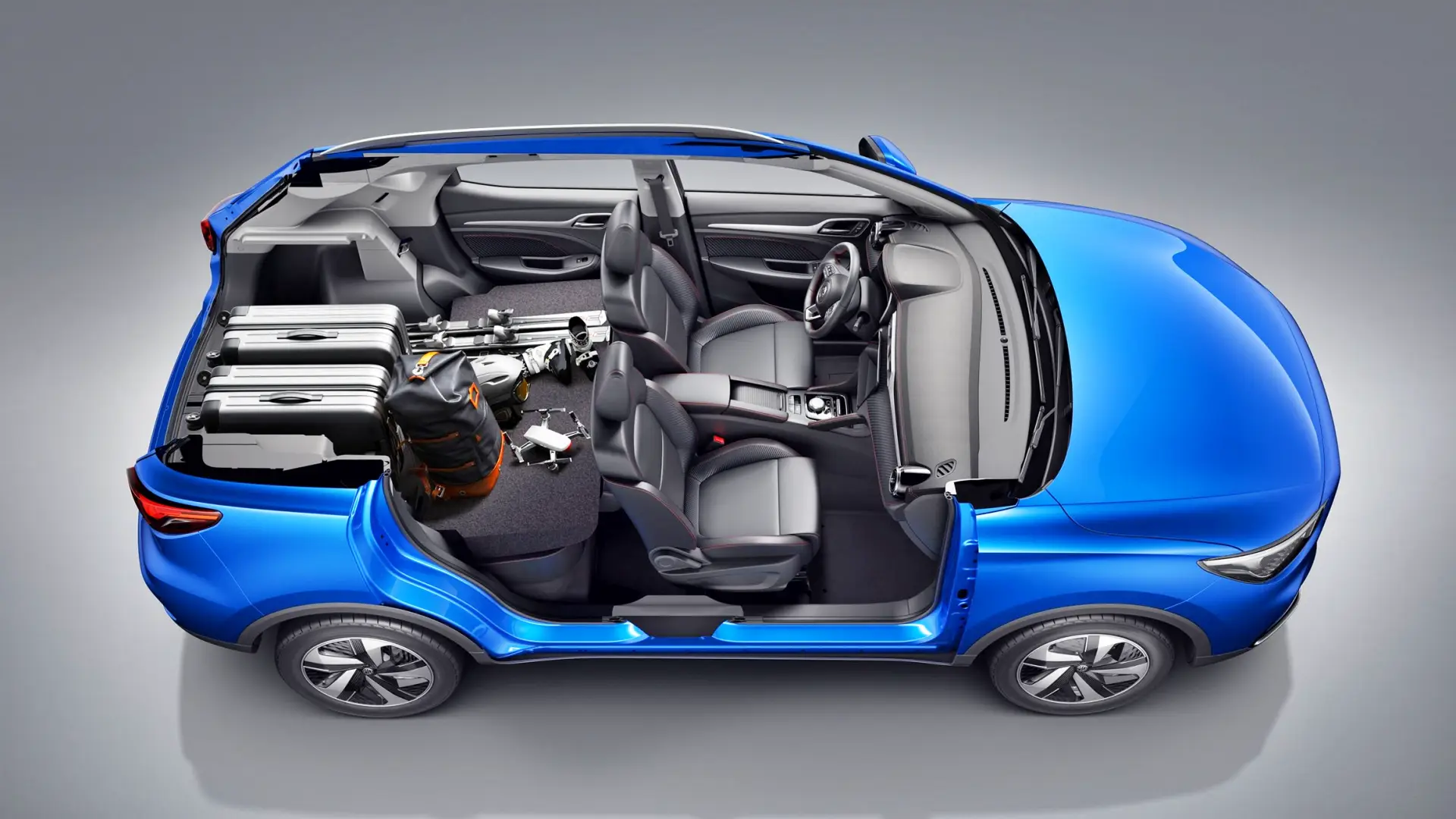Tesla is the best example of a strategy that many have followed: starting with developing expensive electric cars to ending up with cheap ones. Today, his biggest rival is on his heels, taking advantage of his ‘mistakes’ and following another strategy.
To achieve the long-awaited transition to electric mobility, a wide availability of electric cars at affordable prices is necessary to replace internal combustion vehicles at the top of the sales charts. To achieve this goal, a great effort is necessary from manufacturers to develop and manufacture models comparable in cost and functionality to global bestsellers such as the Toyota Corolla or the Honda Civic. Accelerating this process is crucial to achieving the goal.
Currently, two manufacturers dominate this scene, Tesla and BYD, but their path to get to where they are has been very different. Tesla is today the world’s leading manufacturer of electric vehicles, but BYD is rapidly closing the gap. During the last quarter, both sold more than 400,000 units, with Tesla slightly in the lead: 435,059 versus 432,603 (not counting BYD’s plug-in hybrids).
Different strategies, similar results?
The Model Y is on its way to becoming one of the most important vehicles in the world. In addition, Tesla has three other models on its offer, for sale in the main markets of the world: the Model S, the Model.
Its product portfolio resembles the strategy that BMW once adopted, with approximately three main models, such as the 3 Series, the 5 Series, and the 7 Series, accompanied by some others with a more affordable price. From the beginning, the Master Plan of its CEO, Elon Musk, focused on a high-priced, low-volume model to finance the development of the next one, which would have a lower price and a greater number of sales. His strategy goes, therefore, from the complex to the simple. And Tesla is achieving its goal. The Model 3 and Model Y were born from the Model S, and the long-awaited Model 2 should have emerged from them.
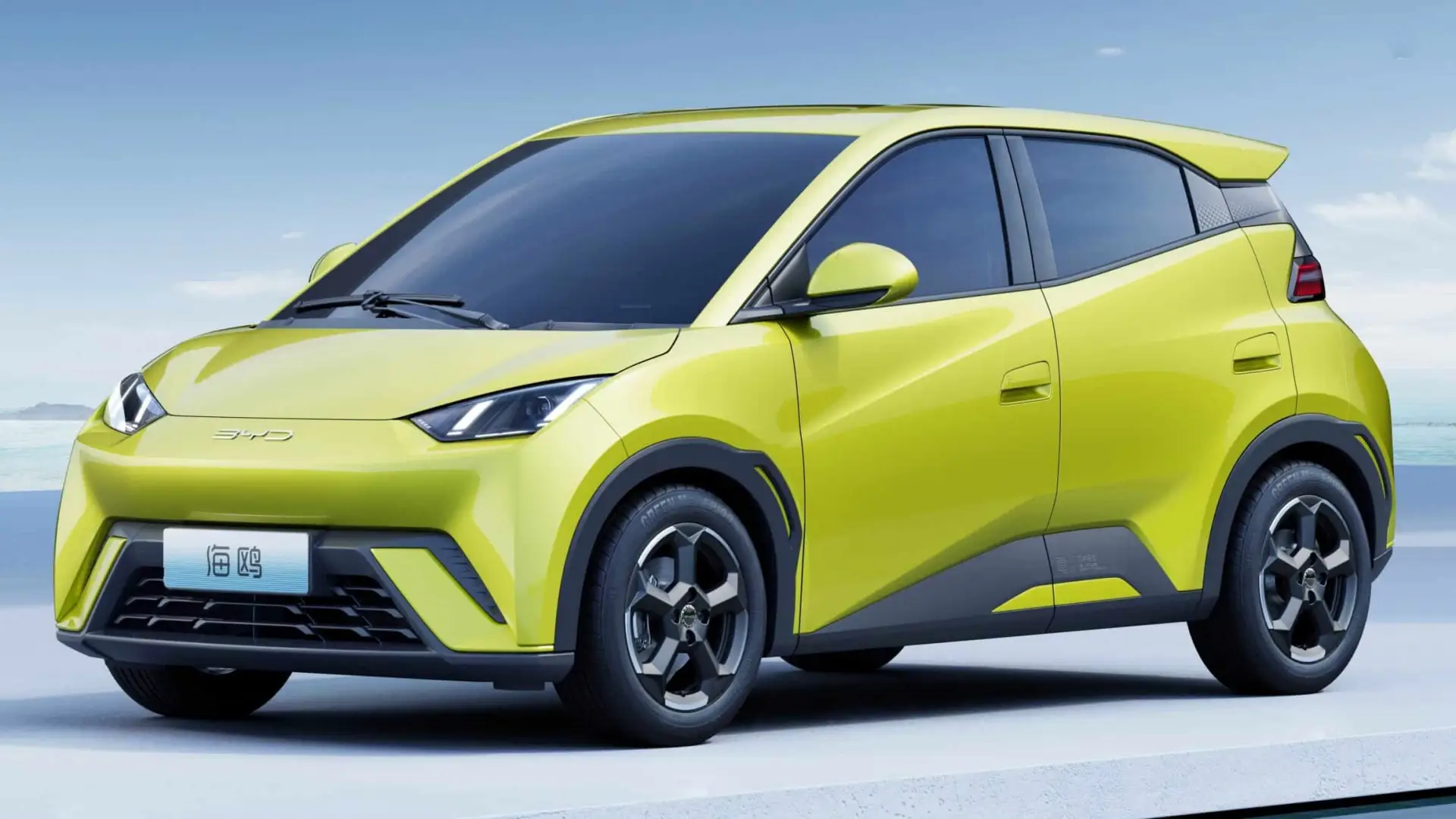
On the other hand, there is BYD, whose strategy is based on simplicity, at least in relative terms. Currently, BYD stands out for offering the most diversified range. From the affordable BYD Seagull, whose price in Europe could be below €20,000; passing through the BYD Dolphin, which costs €30,000; the BYD Atto 3, for less than €40,000, or the BYD Seal, which does not reach €50,000. But there is more. Under the YangWang brand, it sells very high-end models such as the U8, which costs €140,000.
BYD’s journey is more similar to that of the Toyota brand, which ranges from small urban utilities to the most premium Lexus products. An example that illustrates its evolution is that of the BYD Seagull, which has experienced impressive growth since its launch a few months ago, selling more than 30,000 units in one month in the Chinese market. A simple electric compact that has proven to be a bestseller and can repeat this success in the global market.
Has Tesla taken the wrong course?
Apart from the Semi, a product aimed at the transportation market, Tesla seems to have deviated from its course with the Cybertruck, a pick-up that has generated controversies and doubts and about which Musk himself has stated that he has dug “his own grave .”. It is difficult to determine with certainty what would have happened if Tesla had prioritized a more modest project like the Model 2. If it had dedicated as much time and effort as it did to the Cybertruck, it would already be in production today.
The limitation in the supply of batteries was considered one of the main obstacles at that time. However, given the progress in supply chains, it is plausible to consider that a model of these characteristics could have been a viable bet.
A more balanced product portfolio strategy and a more conservative roadmap for a project as ambitious and disruptive as the Cybertruck would have allowed Tesla to possibly expand its global sales more quickly and effectively. However, in any case, other factors could have intervened to modify the result such as market demand, production capacity, or the economic situation.
The need for affordable electric cars
Most electric vehicles available on the market today are priced well beyond the purchasing power of the average driver. This means that it is mainly the wealthiest pockets that have access to these vehicles. In contrast, it is those with fewer economic resources who continue to drive older, less well-maintained, and, consequently, more polluting cars.
If electric car prices do not see a significant reduction, most highly polluting combustion vehicles will remain on the road, delaying the achievement of emissions reduction targets. In this scenario, economy of scale becomes crucial, since, together with incentives for the purchase of electric vehicles, it represents the only way to reduce the access threshold for the majority of buyers. A comprehensive approach that addresses both availability and cost is needed to achieve an effective transition to a more sustainable future in the automotive industry.

